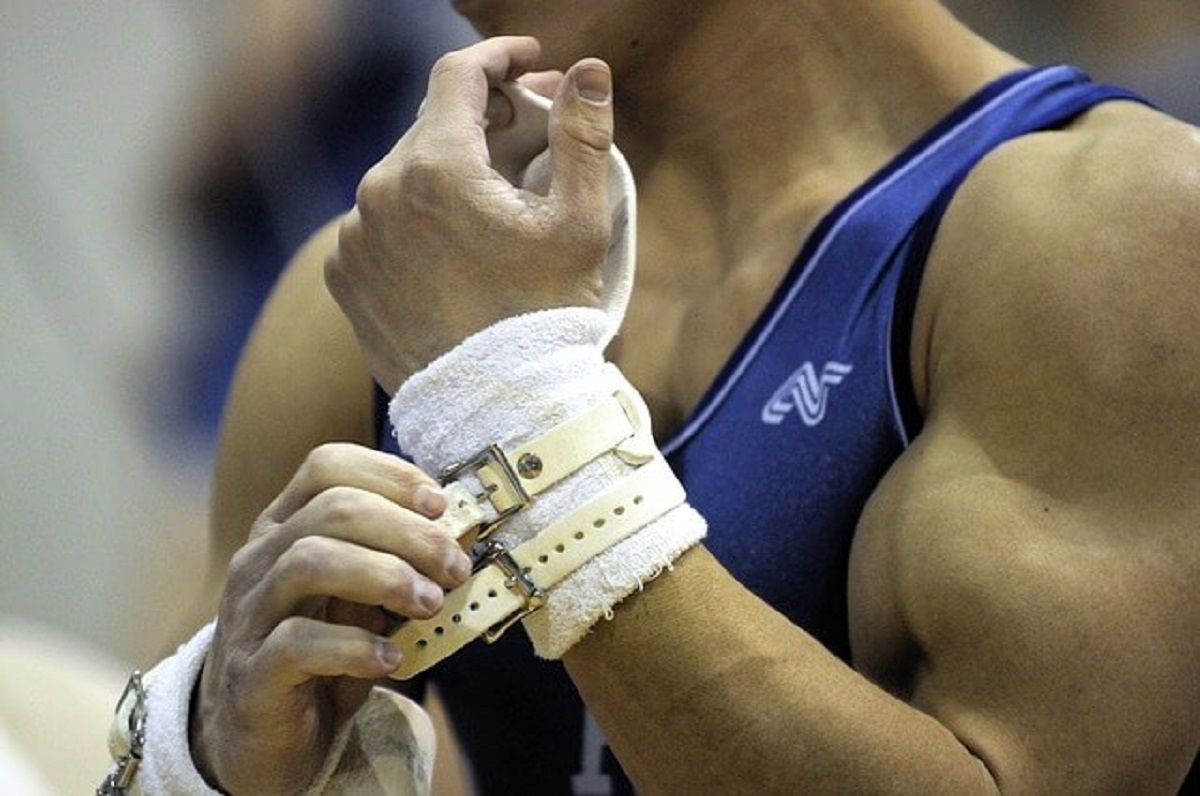Any injury is a setback to a person who exercises. Don’t make it worse by going back to exercise before your body is fully recovered.
If you tore your skin on your leg open on a sharp object, you wouldn’t just ignore it. You’d apply basic first aid, and you’d cherish the injured area until it was well on the way to getting better.
Well the same injury and repair process will occur if you tear apart muscle or connective tissue inside your body. Be really careful with your body. Adopt the same basic injury management every time you get injured, no matter how minor the injury seems. Giving your body SPECIAL care. SPECIAL stands for:
- STOP the activity,
- PROTECT the injury,
- ELEVATE the injury higher than your heart, to allow the damaged cells to trickle back to the heart, where they can be pumped to the reprocessing plant (the liver) or the waste management center (your kidneys).
- COMPRESS the injured area lightly to reduce swelling,
- ICE the injury to reduce the inflammation and pain,
- ADVICE. Seek professional help,
- LEAVE the injury alone.
You should undertake the same basic injury management to internal damage as you do to damage to your skin. Let it get better before you strain it again. It seems odd that people train when they have an injury such as a strained muscle, but the same people would gag if someone kept picking apart the scabs on a wound.
But this is exactly what happens when you aggravate a damaged muscle or damaged connective tissue. You get connective tissue (fibrin) laid down over the injured area, just as a scab forms on your skin. This fibrin network is really strong, but not very elastic. If you train through an injury, you end up tearing the tissue next to the injured area, starting the whole injury/repair process in a new place.
Eventually you’ll end up with reduced muscle function. The whole muscle will be gunked up with scar tissue. This scar tissue is relatively permanent, so you may be causing yourself lifetime problems just because you think you’ll turn into a slob if you miss a few aerobics classes.
You don’t have to stop exercising when you’re injured. You can cross train. For example, if you’re a runner and you have a leg injury, then spend your recovery time exercising in the pool or on a rowing machine.
Here’s a basic guide to help you decide what to do about injuries.
It’s a system for classifying injuries according to their severity, and anticipated recovery and adaptation time. It will also help you in activity selection for cross training when you are injured.
A stage-one injury is minor. It is painful when it happens, but the pain soon goes. Apply SPECIAL care, and the injury should soon be repaired. Avoid repeating the activity that caused the injury. Will not cause long-term problems if treated properly.
A stage-two injury is more serious. The pain diminishes slightly, but is still noticeable the next day (such as Delayed Onset Muscle Soreness or many overuse injuries). However, the pain and discomfort disappears once you go through a quality preparation and warm up. Avoid any activity that used the injured area until you get medical advice that it’s OK to continue, but maintain an active exercise program using cross training.
If you ignore a stage-two injury it will develop into a stage-three injury, which usually only occur when you have a major accident. A stage-three injury is painful all the time, and interferes with all activities no matter how many pain killers you take or how much warm up you undertake.
Look, if you get one of these injuries don’t muck about or ignore it. It won’t go away and you’ll be doing yourself some long-term damage. See a sports-medicine specialist and get started on a supervised early and active recovery and rehabilitation program. Think of it as an investment in your long-term fitness.
If you haven’t ever done a first-aid course, then do one. You’ll be surprised at how much useful knowledge you’ll pick up. Learn from your injuries, so you can avoid them.
References:

